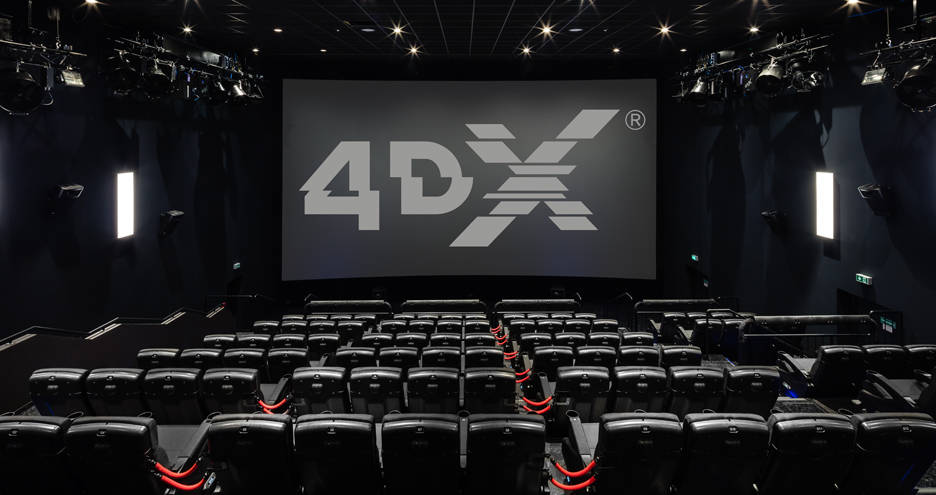


APEX 4D THEATER PLUS
The measured deviation will be lesser with a plus lens and more when measured with a minus lens in situ. Thus, the refractive correction affects the measured deviation and must be born in the mind. Ī minus or a myopic lens behaves like two prism lenses stacked apex to apex. A plus or a hyperopic lens behaves like two prism lenses stacked base to base. While preparing glasses, it is essential to understand the prismatic effects of spherical lenses and Prentice's rule for prisms. The prismatic effect of the spherical lens is essential whenever the patient being evaluated has an underlying refractive error.

The prisms used in orthoptics are available in different forms. The net effect of a beam passing through this prism is a parallel displaced image rotated by 180 degrees. This is a type of reflection prism used to alter the orientation of the image, i.e., the image traveling through the prism is rotated by 180 degrees. This type of prism is used in keratometers. An incident beam of unpolarized light emerges as two oppositely polarized diverging beams from the opposite end. These two right-angled prisms composed of double refracting surfaces like quartz or calcite are cemented to form a rectangular unit. These prisms are used in Haidinger brushes. The incident light is split into ordinary and extra-ordinary linearly polarized rays. These are made up of calcite crystal cut diagonally, and the two halves are cemented with Canada balsam or an optical cement with a low refractive index. Reflective prisms – Penta, Porro, Dove prisms Thus, the eye being tested will deviate towards the apex of the prism. It is essential to understand that the light ray passing through the prism deviates towards its base, but the image appears to be displaced towards the apex. Further, the deflection of the light ray after passing through the prism also depends on the refractive index of the material and the position in which the prism is held. One centrad represents the deviation of light by 1 centimeter and perpendicular to the initial direction of the light ray on an arc of a circle 1 meter away from the prism. Centrad unit is represented by the symbol Ñ. This is less frequently used as compared to prism diopters. Īnother unit of measurement of prism power is centrad. Thus, a prism of 2 prism diopters would deviate a light ray by 2 centimeters, perpendicular to the direction of the initial light ray, measured 100 cm beyond the prism. The power of the prism in prism diopters is represented by the symbol D. One prism diopter represents the deviation of light by 1 centimeter and perpendicular to the initial direction of the light ray on a plane placed 1 meter away from the prism. The amount of deviation of the path of refracted light from the incident light depends on the power of the prism measured in "prism diopters." Ĭharles Prentice was the first to introduce the term prism diopters to describe the intensity of prism. The light rays refracted through the prism bend towards the base. The two nonparallel surfaces intersect at an angle called the apex, and the surface opposite to the apex forms the bottom of the prism. It highlights the interprofessional team's approach of the interprofessional team in assessing and treating these conditions.Ī prism is a transparent, triangular refracting surface with an apex and a base. This activity reviews the importance of prisms in evaluating and treating patients with squint and diplopia. Therapeutic uses include treatment for convergence insufficiency, divergence insufficiency, to relieve diplopia, and use in nystagmus patients. The diagnostic uses include measurement of squint by prism cover test (Krimsky, modified-Krimsky method), simultaneous prism cover test, Maddox rod, measurement of fusional reserve amplitudes, tests for microtropia, and abnormal retinal correspondence. Prisms are used in many ophthalmic devices such as slit lamp biomicroscope, applanation tonometer, gonioscope, and operating microscope. Prisms play an essential role in orthoptics and are invaluable in an ophthalmologist's clinic as they have definitive optical, therapeutic, and diagnostic uses. The amount of light refracted through the prism depends on the power of the prism defined in prism diopters. Thus the image is shifted towards the apex. The incident light ray passing through the prism is refracted so that it is bent towards the base. A prism is a triangular refracting surface with an apex and a base.


 0 kommentar(er)
0 kommentar(er)
